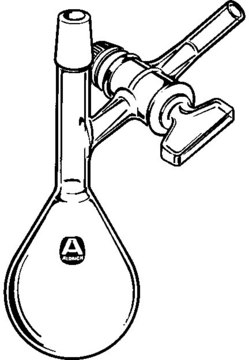06-996
Anti-phospho-Kip1 (Thr187) Antibody
Upstate®, from rabbit
Select a Size
About This Item
Recommended Products
biological source
rabbit
Quality Level
antibody form
affinity purified immunoglobulin
antibody product type
primary antibodies
clone
polyclonal
purified by
affinity chromatography
species reactivity
human, mouse, rat
manufacturer/tradename
Upstate®
technique(s)
western blot: suitable
isotype
IgG
1 of 4
This Item | A8199 | PHR1098 | 1.12422 |
|---|---|---|---|
| form powder | form powder | form - | form solid |
| grade Sigma Grade | grade - | grade certified reference material, pharmaceutical secondary standard | grade - |
| assay ≥99% (TLC) | assay ≥99% (TLC) | assay - | assay - |
| storage temp. 2-8°C | storage temp. 2-8°C | storage temp. 2-8°C | storage temp. 2-30°C |
| solubility H2O: 100 mg/mL (with heating) | solubility H2O: 0.1 M at 20 °C, clear, colorless | solubility - | solubility 179.5 g/L |
| color white to off-white | color white to off-white | color - | color - |
Specificity
Immunogen
Application
Epigenetics & Nuclear Function
Cell Cycle, DNA Replication & Repair
Quality
Target description
Physical form
Storage and Stability
Legal Information
Disclaimer
Not finding the right product?
Try our Product Selector Tool.
Storage Class Code
10 - Combustible liquids
WGK
WGK 1
Certificates of Analysis (COA)
Search for Certificates of Analysis (COA) by entering the products Lot/Batch Number. Lot and Batch Numbers can be found on a product’s label following the words ‘Lot’ or ‘Batch’.
Already Own This Product?
Find documentation for the products that you have recently purchased in the Document Library.
Articles
Versatile system for chemical reactions, extractions, and transfers of solids and liquids in laboratories.
Our team of scientists has experience in all areas of research including Life Science, Material Science, Chemical Synthesis, Chromatography, Analytical and many others.
Contact Technical Service









